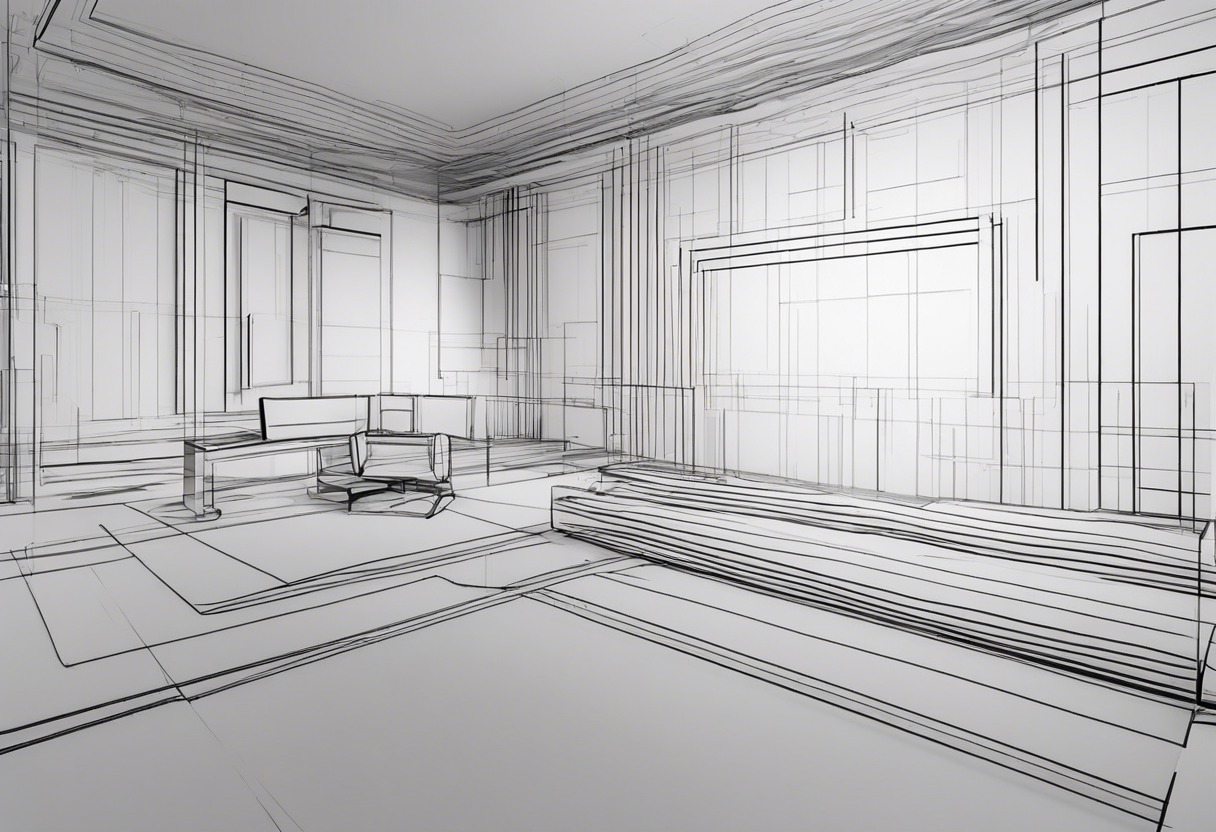For seasoned creators seeking industry-standard tools and flexibility, Substance Painter provides advanced procedural texturing tools and 8k texture baking. Though, if you’re a hobby artist or predominantly use Unreal Engine, consider Quixel Mixer for its free access, procedural masks, and ready-to-use Megascans library, accepting potentially less customizability for photorealistic precision.

Key Differences Between Quixel Mixer and Substance Painter
- Quixel Mixer emphasizes simplicity and quality, incorporating procedural masks and a Megascans library, while Substance Painter offers advanced masking and procedural texturing tools.
- In terms of compatibility, Quixel integrates with Unreal Engine and Blender, while Substance Painter’s PBR format is compatible with various game engines.
- A key advantage to Quixel is its free access for Unreal Engine users while maintaining accessible pricing for freelance/hobby artists. Substance Painter, while priced higher, offers a wealth of advanced features and industry standardization.
- Substance Painter offers internal baking tools whereas Quixel Mixer relies on external baking solutions.
| Comparison | Quixel Mixer | Substance Painter |
|---|---|---|
| Application | 3D texturing tool | 3D digital painting and texturing tool |
| Pros | Includes procedural masks, Megascans library, and accommodates individual artistic style. Free of charge within Unreal Engine | Advanced masking, procedural tools, 8k texture baking, and real-time PBR material workflows. Utilized in making high-profile games |
| Unique Features | Multi-channel 3D painting, real-time 3D curvature, displacement sculpting, seamless texture projection, ID masking. | Particle effects brushes, masking tools, ability to paint on 2D maps and 3D models in the viewport |
| Cons | Dependent on external bakers, no built-in baker. Users may find the labels and adjustments confusing. | Requires properly UV unwrapped polygonal model for painting |
| Integration | Unreal Engine and Blender | Used in gaming industry with companies like Capcom and Activision |
| Industry Recognition | Competes with Adobe’s Substance 3D Painter, lacks standardization | Approved by industry tycoons and utilized in high-profile games |
| Cost | Subscription Based; $19USD/month for freelance and hobbyist artists | Higher for individual game developers, but considered cheaper than Mari and equatable to 3D-Coat, Mudbox |
What Is Quixel Mixer and Who’s It For?
Quixel Mixer, a champion of 3D texturing tool that leans on simplicity, adaptability, and quality, serves the needs of individualistic artists. Lauded for its multi-channel 3D painting, real-time 3D curvature, and displacement sculpting among few unique features, it integrates seamlessly with Unreal Engine and Blender, housing a bonus of Megascans-based smart materials with photorealistic outlook. Ideally, it’s conceived for passionate freelance and hobbyist artists, aligning with an affordable subscription of 19USD/month while being free for Unreal Engine.

Pros of Quixel Mixer
- Offers unique features like displacement sculpting and real-time 3D curvature
- Exhibits seamless integration with Unreal Engine and Blender
- Accommodates individual artistic styles
- Simplistic and versatile interface
- Free charge within Unreal Engine
Cons of Quixel Mixer
- Sacrifices customizability for realism
- Challenges with confusing menu labels and accommodating UI
- Lacks built-in baker, users depend on external bakers
What Is Substance Painter and Who’s It For?
Substance Painter, a powerhouse of 3D painting by Allegorithmic, is the Adobe Photoshop in the digital 3D painting space, predominantly utilized for texturing models and creating superior textures. Endowed with cutting-edge masking, procedural texturing tools, and permitting 8k texture baking in line with real-time PBR material workflows, it’s a vital asset for game creators and digital 3D artists. Notable gaming giants like Capcom and Activision, alongside high-profile games like Uncharted 4 and Horizon Zero Dawn, owe their stunning textures to Substance Painter.

Pros of Substance Painter
- Allows 2D painting, exporting texture in PBR format compatible with gaming engines
- Features advanced masking and procedural texturing tools
- Preferred by gaming industry giants
- Interface resemblance with Photoshop and other 3D software packages
Cons of Substance Painter
- Priced higher for individual game developers
- Requires a UV unwrapped polygonal model for painting
Quixel Mixer vs Substance Painter: Pricing
When comparing pricing, Quixel Mixer offers a subscription model, while Substance Painter has a higher price tag but contains a full suite of features.
Quixel Mixer
Quixel Mixer is provided free of charge for Unreal Engine users. For freelance and hobbyist artists, it operates on a subscription basis priced at 19USD per month offering features like 3D painting, sculpting and blending, and access to the Megascans library.
Substance Painter
Substance Painter, known for its expansive feature set encompassing advanced masking and procedural texturing tools, is thought to be priced higher for individual game developers. However, it is considered more economical in comparison to its counterparts like Mari. A bundled offer with Substance Designer is also speculated to be available at $700.
Quixel Mixer vs Substance Painter: Your Definitive Choice
As a developer grappling with 3D texturing and artistry choices, the ultimate verdict between Quixel Mixer and Substance Painter hangs on your specific needs. Let’s dissect this further.
Game Developers in Mid-Scale Studios
For game developers rooted in mid-scale studios, your optimal choice could be Substance Painter. It’s proven its mettle in high-profile games like Uncharted 4 and Horizon Zero Dawn. The integration of advanced masking, 8k texture baking, and real-time PBR material workflows fits seamlessly into this context. However, deliberate on its higher pricing before decision-making.

Hobbyist Artists
Hobbyist artists who value versatility and quality, Quixel Mixer’s benefits deserve your attention. The freedom to accommodate your artistic style coupled with the subscription-based model ($19USD/month) makes it economically viable. The lack of built-in baker might be your point to ponder though.

Unreal Engine Users
If you are comprehensively engaged with Unreal Engine, opting for Quixel Mixer offers a coherent workflow. Its integration with Unreal engine and offering free of charge within Unreal Engine for facilitating seamless surfaces lends an edge over Substance Painter.

Fledgling 3D Artists
Early-stage artists, your leap into 3D digital painting could be comfortably achieved with Substance Painter. Its photoshop-like interface, exhaustive range of training tutorial covering software basics, and other accessible features will equip you well. Gauge its price against your learning curve for an informed choice.

Substance Painter stands robust for game developers and newcomers with its industry-standardized tools and comprehensive tutorials. Quixel Mixer pips at post for Unreal Engine users and hobbyist artists seeking value for money and versatility. In this contest of 3D texturing supremacy, delineate your unique needs before a decisive swipe.
Logan Bellbrook
Content writer @ Aircada with a knack for nature & AR/VR/XR. Blogging the intersection of tech & terrain.





